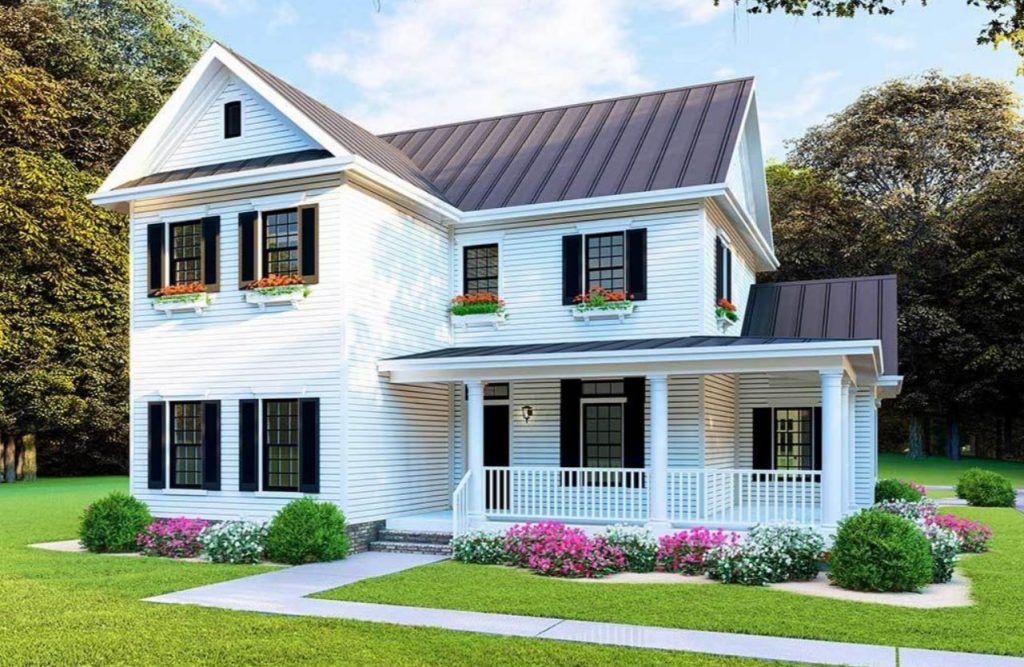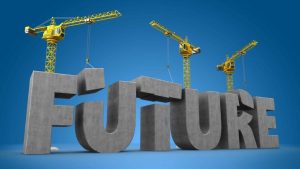Modular Means More


Modular construction is a method that has evolved and grown over the years. The method itself, just like any other construction technique is being constantly improved. Factories are using new structural materials that allow for larger open spans. Home designers are able to create just about any home plan or design using modular construction. A modular home has evolved from its infancy and now leads in the residential construction industry in creativity, energy efficiency, design, and value while providing some of the safest and healthiest living spaces.
More Design Choices
Advancements in modular construction mean that virtually any home plan can be divided into modules, built using indoor off-site construction, and assembled onsite.
Can any custom home plan be modularized? Technically, the answer is yes. There is a way to divide any home plan into modules, build those modules in a factory, and then assemble them onsite. However, the practical answer is that sometimes it just doesn’t make sense. A plan may have to be divided into many modules to be transported to a site or a home plan may have tall ceilings requiring additional modules to stay true to the design. Yes, these homes can still be built using modular construction but the cost to do so outweighs the benefits. In some instances, with slight modification, a plan can be modified to work efficiently with modular construction and at the same time maintain its design integrity.
More Energy Efficient
Modular construction concentrates the manufacturing of many homes in one location. This means that consistent processes can be applied. Purchasing materials is one of those processes. Because the same basic products are purchased for each home, quality standards are consistent. Low or no VOC (Volatile Organic Compounds) products is the standard in most factories. Because your home never gets rained on, moisture isn’t trapped in the home. Mold and mildew, items that can impact breathing and health, never get a foothold in a factory built home. Duct work isn’t put in place so drywall dust and other construction contaminants don’t find their way into your heating and cooling ducts. Left there to be dissipated over years of use.
Tight, indoor construction processes means a healthier living for you and your family. Modular construction is a building system. By using a consistent system to build your home, details that are often overlooked in traditional construction are managed and done properly in a factory environment. Building a home to a high performance standard is almost a by-product of building indoors.
More Value
 The process of modular construction is the equivalent of construction efficiency. Efficiency means planning the entire construction process. The process builds efficiency in many ways. Here are just a few:
The process of modular construction is the equivalent of construction efficiency. Efficiency means planning the entire construction process. The process builds efficiency in many ways. Here are just a few:
Better Use of Materials – Material can be bought in the lengths and sized needed versus being cut as needed throwing away the scrap.
Buying Materials in Bulk – Instead of buying materials by the pickup truck load, factories pull the material needs of many homes together to negotiate better prices with suppliers lowering overall costs.
Construction Planning – Because modular construction is a factory process, it happens fast. Decisions for every item has to be made before a home’s construction is started. Change orders and cost overruns are minimized because decisions have to made early in the process.
More Resilient
From a housing perspective, resilience is the capacity of a home to adapt to changing conditions and to maintain or regain functionality during a disturbance or stress. It is also the ability to bounce back after that disturbance or stress. In general, the term resiliency refers to a building’s ability to withstand and recover from natural disasters like hurricanes, earthquakes, tornadoes, wildfires, and flooding. It also can extend to events like severe winter storms.
Modular homes are built strong. The basis for modular construction is to build a home that meets or exceeds building code. However, the modules that make up a modular building are built off site and transported to that site. The effort of getting from a factory to the building site is about the equivalent of surviving a hurricane and an earthquake before a module ever reaches a job site. It is placed on a carrier, driven at 55 – 65 MPH on highways, over bridges, and around curves. It may have to navigate back roads or tight residential streets. This 20,000 – 60,000 pound module is then lifted in the air by a crane with 2 – 4 straps or cables and placed on a foundation.
RELATED: MODULAR CONSTRUCTION: SOME ASSEMBLY REQUIRED
The resiliency built into every module is displayed at every modular home installation. In most cases, a module will only suffer from minor if any drywall cracks. Structurally, the modules are stronger than anything that is built on site. Resiliency is then exponentially increased when each of the modules is then connected with lag screws, bolts, and/or straps upon final installation. The strong interconnections between modules make modular homes extremely resistant to wind events as the document in the FEMA study following Hurricane Andrew.
The Modular Advantage
There are many reasons that industries choose to use the modular approach. The custom home construction industry has adapted modular construction for many reasons. Here are just a few:
- Faster Completion Time
- A home’s construction time can be reduced because the site work portion in the field and the actual construction on the home’s modules are being done separately, but simultaneously.
- Initial testing of many of a home’s system (plumbing and electrical) is being done prior to delivery to the site.
- Weather is virtually eliminated as a delay because of the work in being done indoors.
- Reduced Costs
- Labor costs are reduced because of lost productivity due to weather.
- Much of the rework is eliminated due to issues at the site.
- Fewer Resources Used
- Factory production is designed to minimize, reused, or eliminate waste
- Less wasted work time because of the concentration of many homes being constructed in one locations versus spreading resources across scattered lots for typical custom home construction.
- Safer for Workers
- Ideal working conditions: even temperatures, no precipitation, no wind versus site condition
- Level ground reduces fall and injury issues.
- Higher Quality
- Consistent processes
- Continuous inspection
- Trained and consistent workforce
Smart builders and smart homeowners are learning about the key advantages of modular construction. The custom home building industry is one of the last industries to embrace the advantages that every other major industry and product has discovered with modular… factory production. The changing construction labor force and demand for better and consistent quality are now driving the entire custom home building industry to find a better solution. Home buyers and home builders alike are learning that Modular Means More!
The post Modular Means More appeared first on Impresa Modular.




